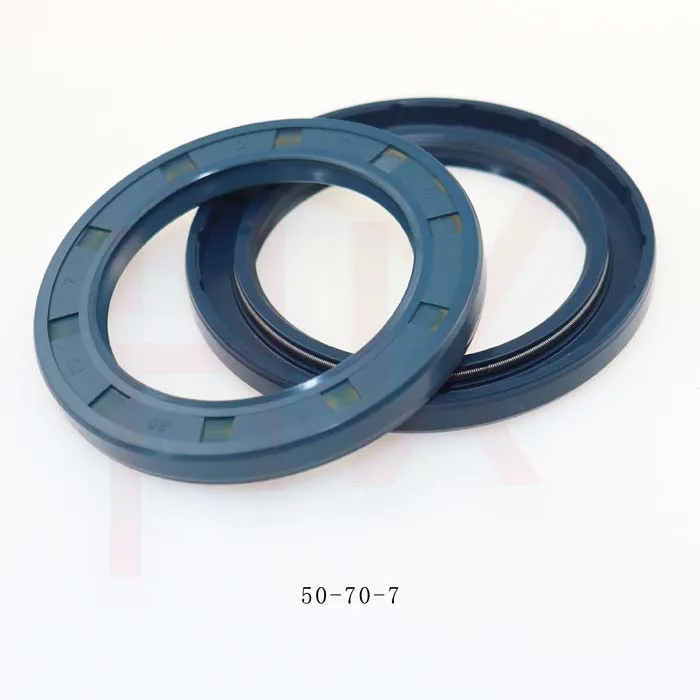In this early stage of mixing, the rubber powder has begun to affect the rheology and workability of the mortar. Due to the characteristics of the RDP itself and the modification, the effect is different. Some have the effect of helping the flow, while others have increase the role of thixotropy. The mechanism of its influence comes from many aspects, including the influence of the rubber powder on the affinity of water during dispersion; the effect of different viscosity after dispersion of the rubber powder; the influence of the protective colloid; the influence of water and cement; the impact of the increase in the gas content of the mortar and the distribution of bubbles; and the impact of the interaction of self-additives and other additives. Among them, it is accepted that the redispersible latex powder generally has the effect of increasing the gas content of the mortar to lubricate the construction of the mortar, and the affinity of the rubber powder, especially the protective colloid, and the subsequent viscosity. The cohesion of the construction mortar is increased to improve workability. The wet mortar containing the rubber powder dispersion is applied to the operation. As the moisture is reduced on three levels, the absorption of the base surface, the reaction of the hydraulic material is small, the water of the surface layer is volatilized to the air, and the resin particles are gradually approaching. The interface is gradually blurred, and the resin gradually merges with each other, eventually becoming the associated polymer film. This process mainly occurs in the pores of the mortar and the surface of the solid. It is emphasized here that in order to make this process irreversible, that is, when the polymer film is again water-repellent without secondary dispersion, the protective colloid-polyvinyl alcohol of the redispersible latex powder must be separated from the polymer system. This is not a problem for alkaline cement mortar systems because polyvinyl alcohol is saponified by alkalis formed by cement hydration.














